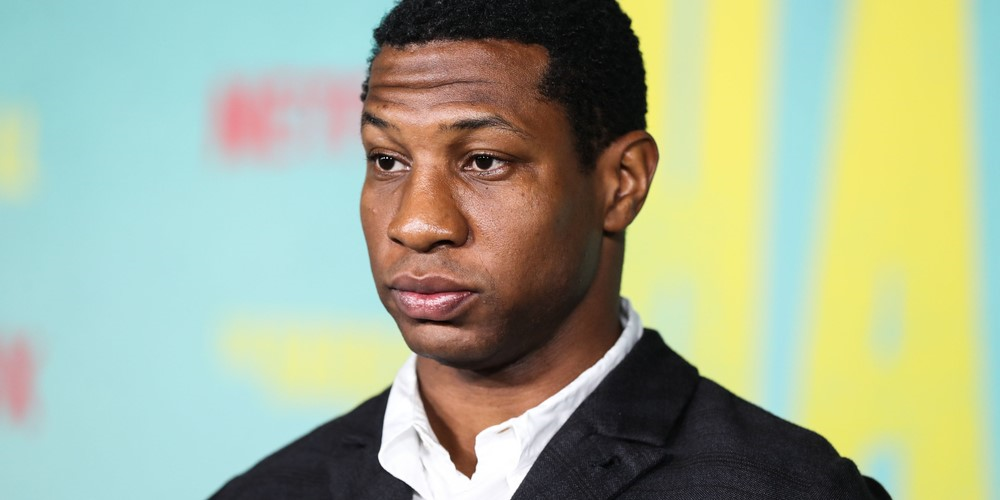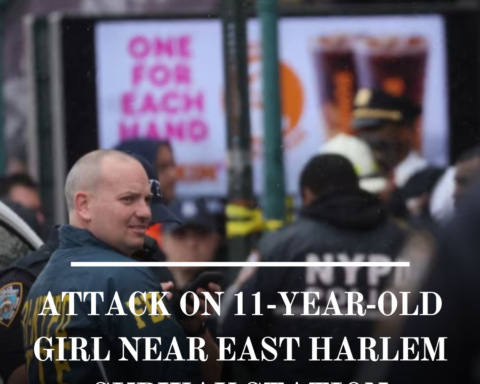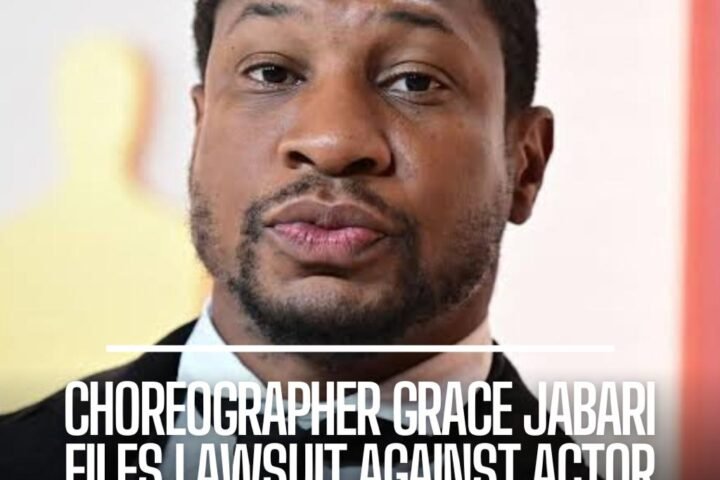In the pulsating heart of New York City, the stage is set for a legal drama as Marvel luminary Jonathan Majors, celebrated for his roles in “Creed III” and Marvel’s “Ant-Man and the Wasp” franchise, finds himself navigating the intricate web of a trial. This judicial odyssey is intricately woven around misdemeanor assault and harassment charges stemming from a March altercation involving Majors and his ex-girlfriend, the talented professional dancer Grace Jabbari.
Background of the Jonathan Majors Case:
At the age of 34, Majors vehemently pleads not guilty to charges that have cast a shadow over his promising Hollywood career. The genesis of this legal quandary lies in an unfortunate incident inside a taxi, a stone’s throw away from their lower Manhattan abode. The tension escalated when Jabbari stumbled upon a text on Majors’ phone, bearing the provocative words, “I wish I was kissing you right now.” This incident unfolds as a critical juncture, posing a palpable threat to Majors’ burgeoning standing in the entertainment industry.
The Charges and Potential Consequences:
The charges, comprising assault and harassment, loom ominously over Majors, threatening to reshape his life if convicted on all counts. As the trial unfolds in the hallowed halls of Manhattan Criminal Court, the pressing question arises: how will this legal ordeal impact Majors’ trajectory in an industry where reputation is as vital as talent?
Jury Selection and Additional Incident:
Against the backdrop of a bustling courtroom, the process of jury selection begins. However, a veil of uncertainty hangs over the proceedings as the court deliberates on whether details of a separate September 2022 London incident, intricately connected to the case, can be presented to the jurors. Manhattan District Attorney Alvin Bragg’s office asserts the relevance of this incident in providing a broader understanding of the allegations against Jonathan Majors.
Prosecution’s Claims and Evidence:
In a carefully choreographed legal ballet, prosecutors intend to present a compelling narrative of Majors physically confronting Jabbari. The allegations paint a vivid picture of the altercation, including the twisting of her forearm, a forceful blow to her ear, and a dramatic return inside the confines of the taxi. The aftermath reveals a litany of injuries suffered by Jabbari, from a fractured finger to body bruising, a laceration behind her ear, and a conspicuous bump on her head.
Defense’s Counterargument:
In a strategic countermove, Majors’ defense endeavors to reshape the narrative, portraying the actor as a victim in this unfolding tragedy. Drawing attention to the NYPD’s acknowledgment of probable cause to arrest Jabbari for allegedly attacking Majors, the defense challenges the prosecution’s version of events. Video footage, meticulously released by Majors’ legal team, aims to inject an element of doubt regarding the severity of Jabbari’s injuries. Scenes from a dance club, mere hours after the alleged incident, provide a contrasting perspective.
Takeaway:
As the courtroom saga intensifies, the denouement of this legal spectacle remains elusive. Within the stark walls of justice, Jonathan Majors’ legal team strives to salvage not only his innocence but also the very fabric of his reputation and professional standing. The trial unfolds as a poignant clash of narratives, where the delicate balance between truth and perception holds the key to Majors’ future in the limelight.


















